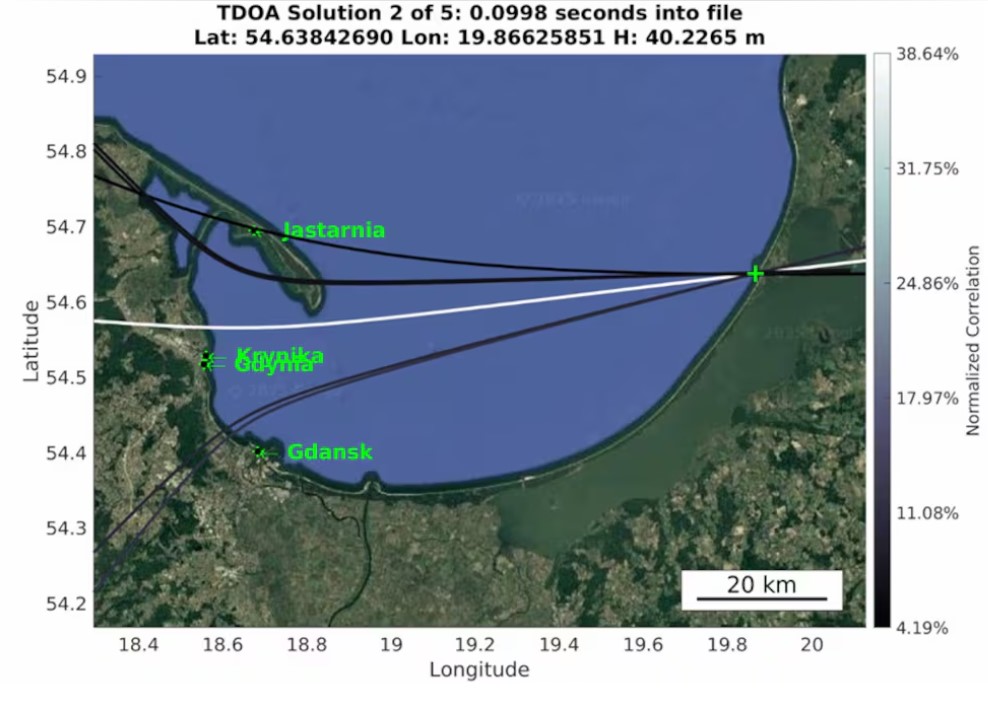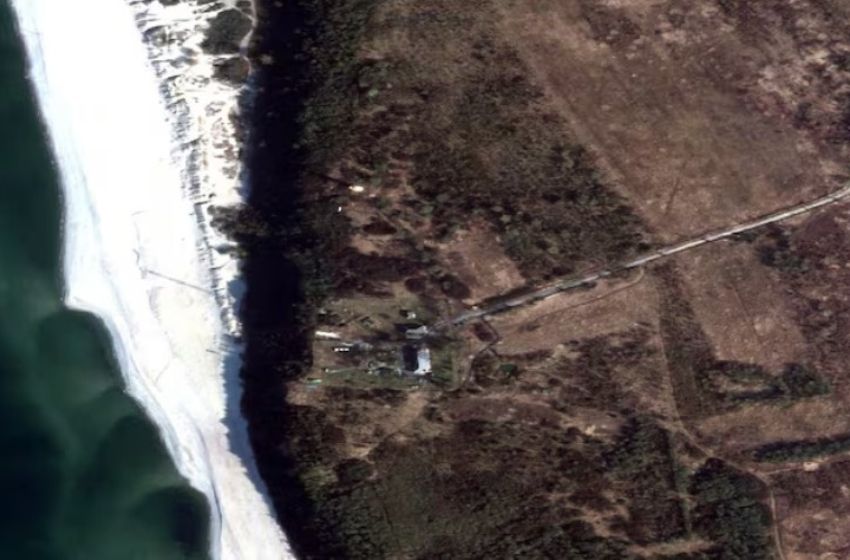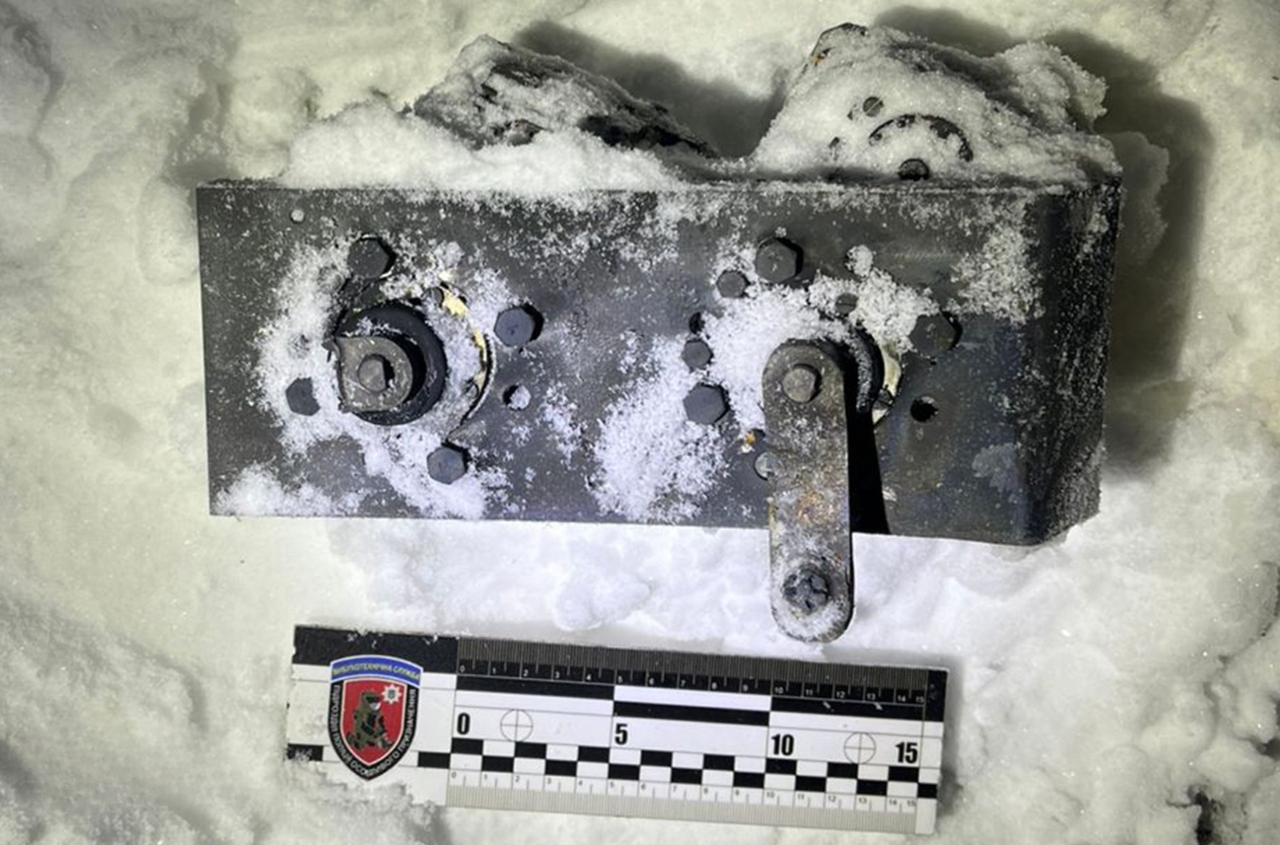Main image: A satellite image showing the antenna facility at Okunevo in March 2025. A team of researchers has triangulated the source of a jamming attack to this area. (Planet Labs/Middlebury Institute of International Studies)
Researchers from the Gdynia Maritime University and the German Aerospace Center (DLR) have precisely located sources of radio interference disrupting GPS signals over the Baltic Sea using ground monitoring stations and aviation data analysis.
They determined that the signals originate from the Kaliningrad region—near the Okunevo antenna complex and the Baltiysk area, where Russian electronic warfare units are stationed.
These locations previously recorded activity from the "Murmansk-BN" systems, capable of jamming signals over thousands of kilometers.

In 2025, according to Polish experts, Russia increasingly employs not only direct signal jamming ("spamming" the used frequencies) but also spoofing—falsifying coordinates that mislead navigation systems of aircraft and ships.
Since the full-scale war began, such attacks have become almost daily: navigation disruptions have been reported from Gdańsk to Helsinki, causing flight cancellations, route deviations, and even temporary airport closures.
Although Russia officially does not comment on these events, eight EU and NATO countries have filed a complaint with the UN, viewing these actions as hybrid aggression.
In response, Germany, Poland, Finland, and other countries have started deploying the alternative R-Mode Baltic navigation system, based on coastal radio beacons and independent of satellites.
It is expected to operate in a preliminary mode by 2026.





















